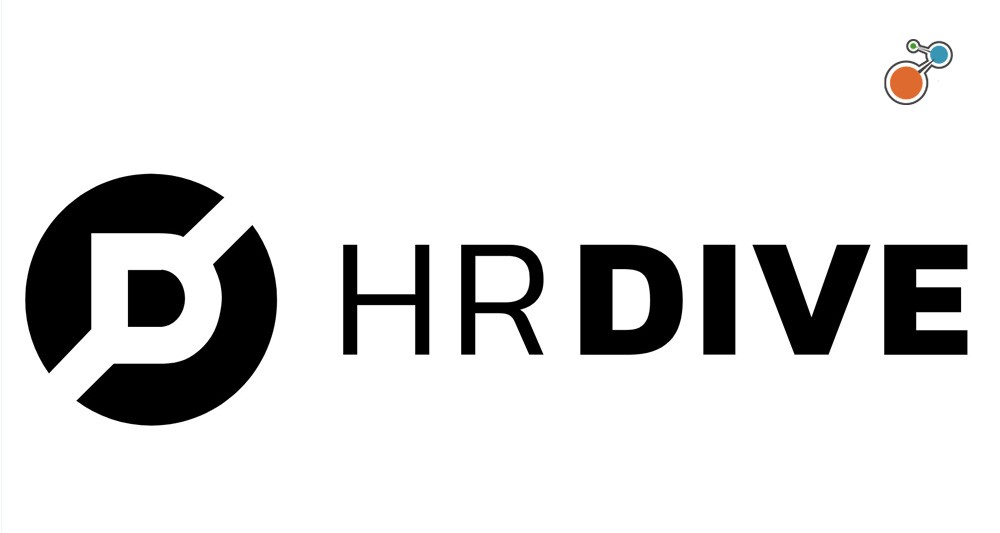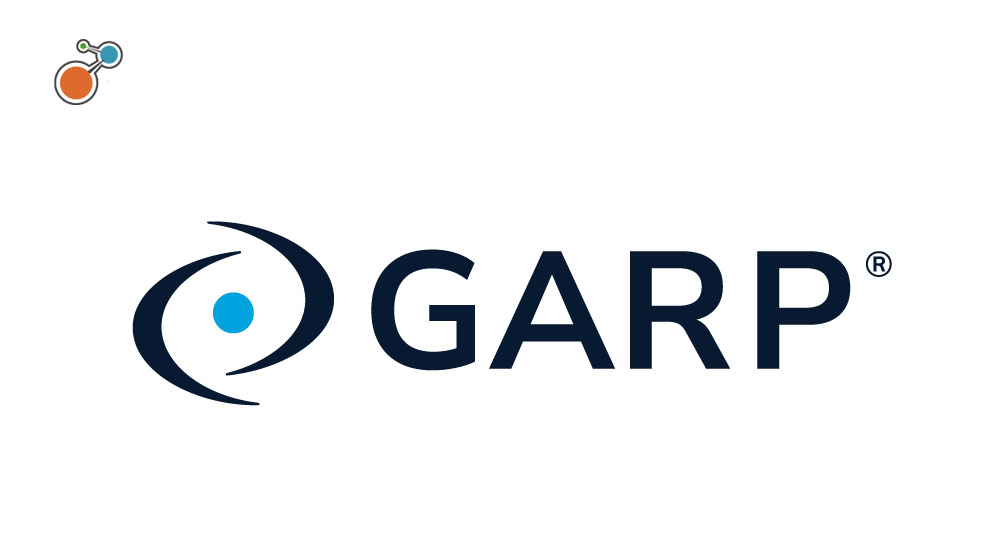HR Dive, September 12, 2023
There is no perfect road to take, though it can be smoother for HR if the department is brought into the process early, one expert said.
While the COVID-era boom in mergers and acquisitions has abated, they’re still happening, with $1.477 trillion in deals in the U.S. and Canada in 2022, according to S&P Global.
In any such business move, the stakes are high. Between 70% and 90% of M&As fail, according to research published in the Harvard Business Review.
One common reason for those failures: people and culture. If the companies can’t be integrated successfully when it comes to workers and what they expect from work, any potential marriage of two companies could end in divorce.
If HR is brought in early, they can be part of due diligence, said Kevin Crow, CHRO at Riskonnect, who said he has been through this process about a dozen times. HR can also start early on learning the values of the other company, “their culture, how they work and do things and map that to ours.”
That plan should be coupled with “really ensuring you have a strong message” around why a company is being acquired, the vision for what both companies are hoping to achieve, and the benefits of the move, Crow added.
That includes showing new employees how the acquisition will benefit them, especially if they’re coming from a smaller organization to a larger one. For Riskonnect, that meant making videos of testimonials from employees that have come through other acquisitions, including how they’ve been promoted or moved to other departments – career trajectories they may have not had otherwise.
While those won’t entirely assuage the fear someone naturally has with a big change, such testimonials “provide a path and show them where these could be benefits,” Crow said. Being open and honest in addressing employee concerns can help too. “We try to say to most people that we realize you didn’t choose this acquisition. Your executives or shareholders did. But give us a chance to show you what these opportunities could look like and put you on a path to success.”
Read the full article in HR Dive.>>





